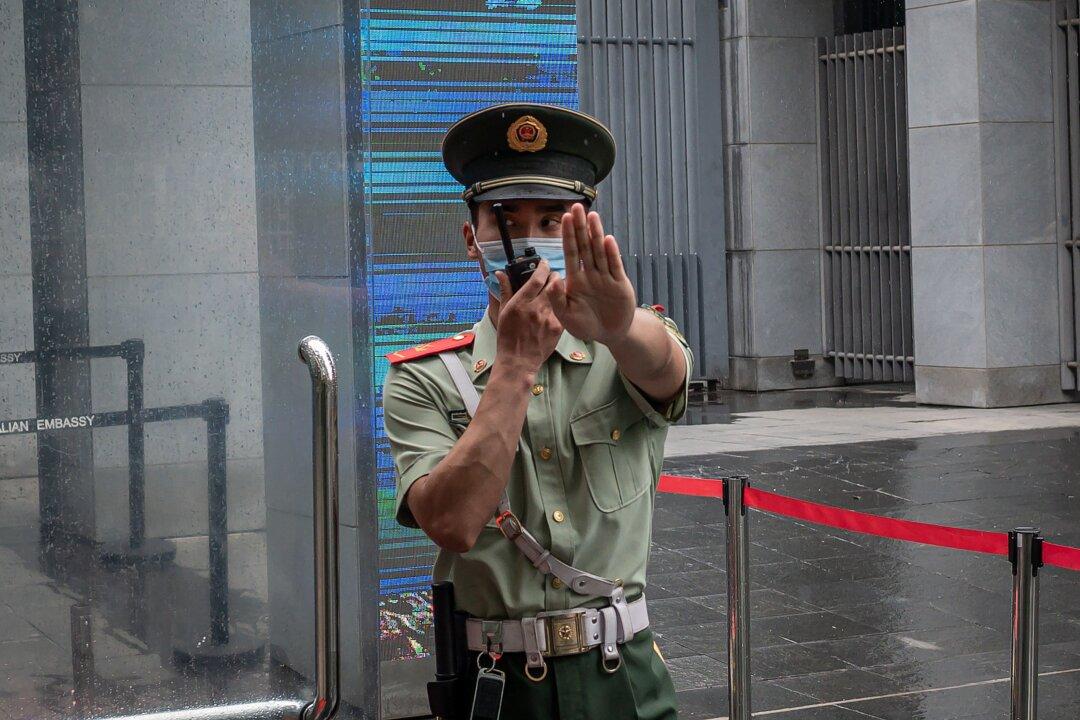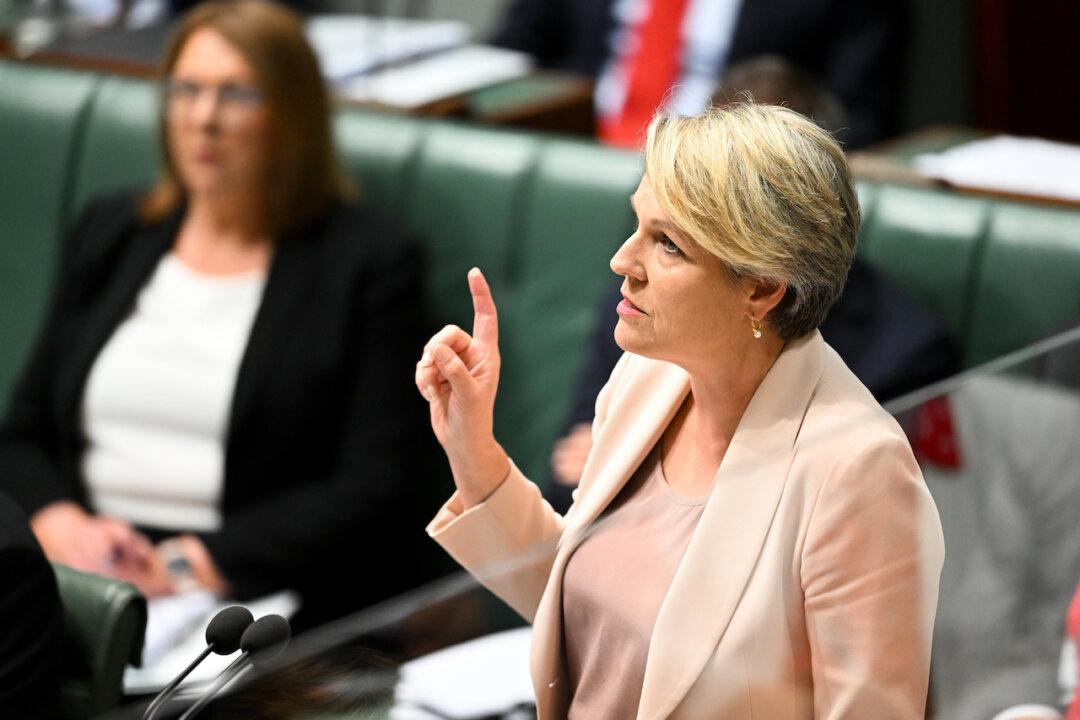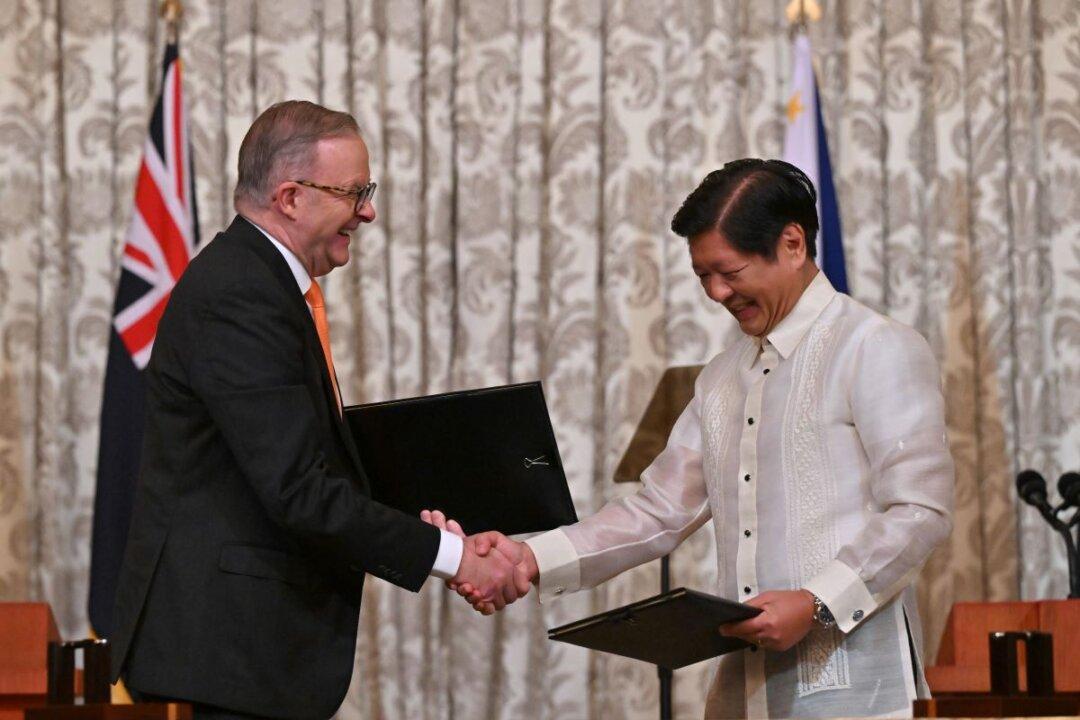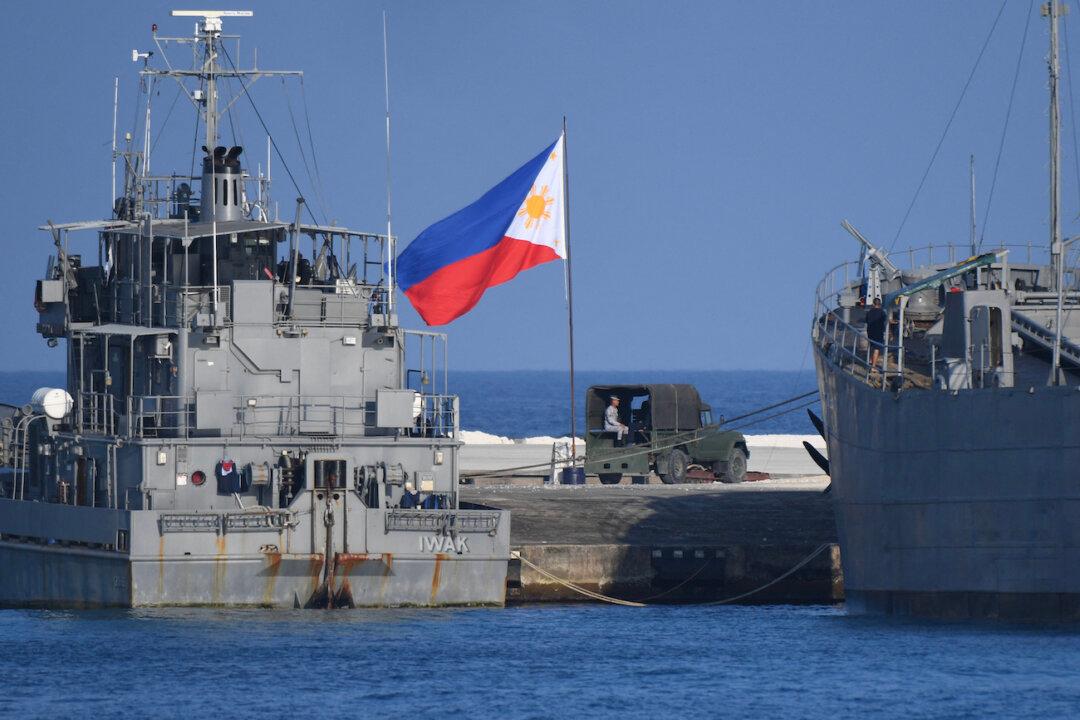For the last ten years, the Chinese Communist Party (CCP) has used bullying “grey zone” diplomatic tactics to manipulate foreign governments and companies into helping achieve the regime’s core communist agenda.
The Australian Strategic Policy Institute laid out the tactic in its new report, published on Sept. 1, titled “The Chinese Communist Party’s coercive diplomacy.” The report identifies a range of non-militarized threats and negative actions the CCP uses to force target countries to change its behaviour.




